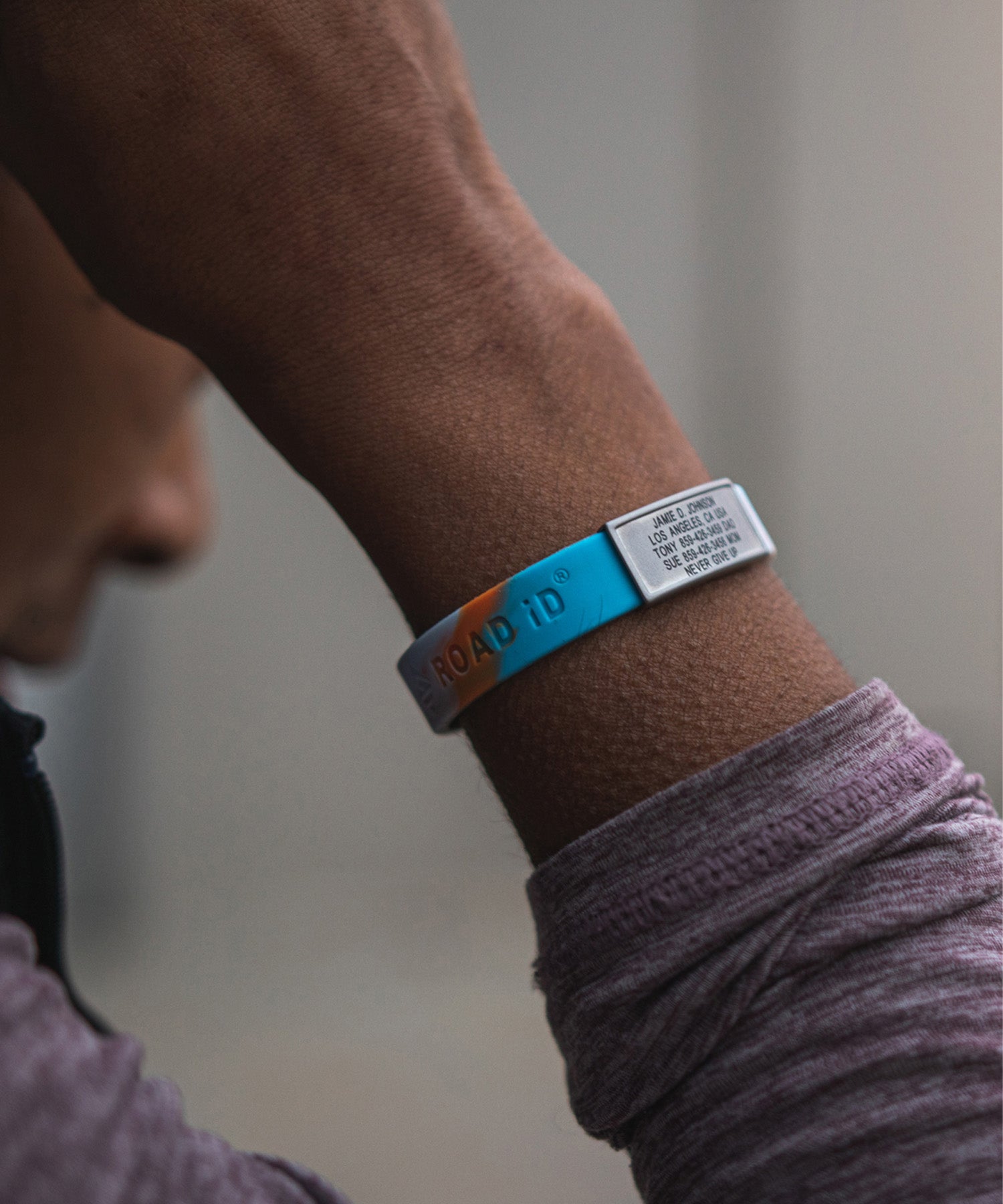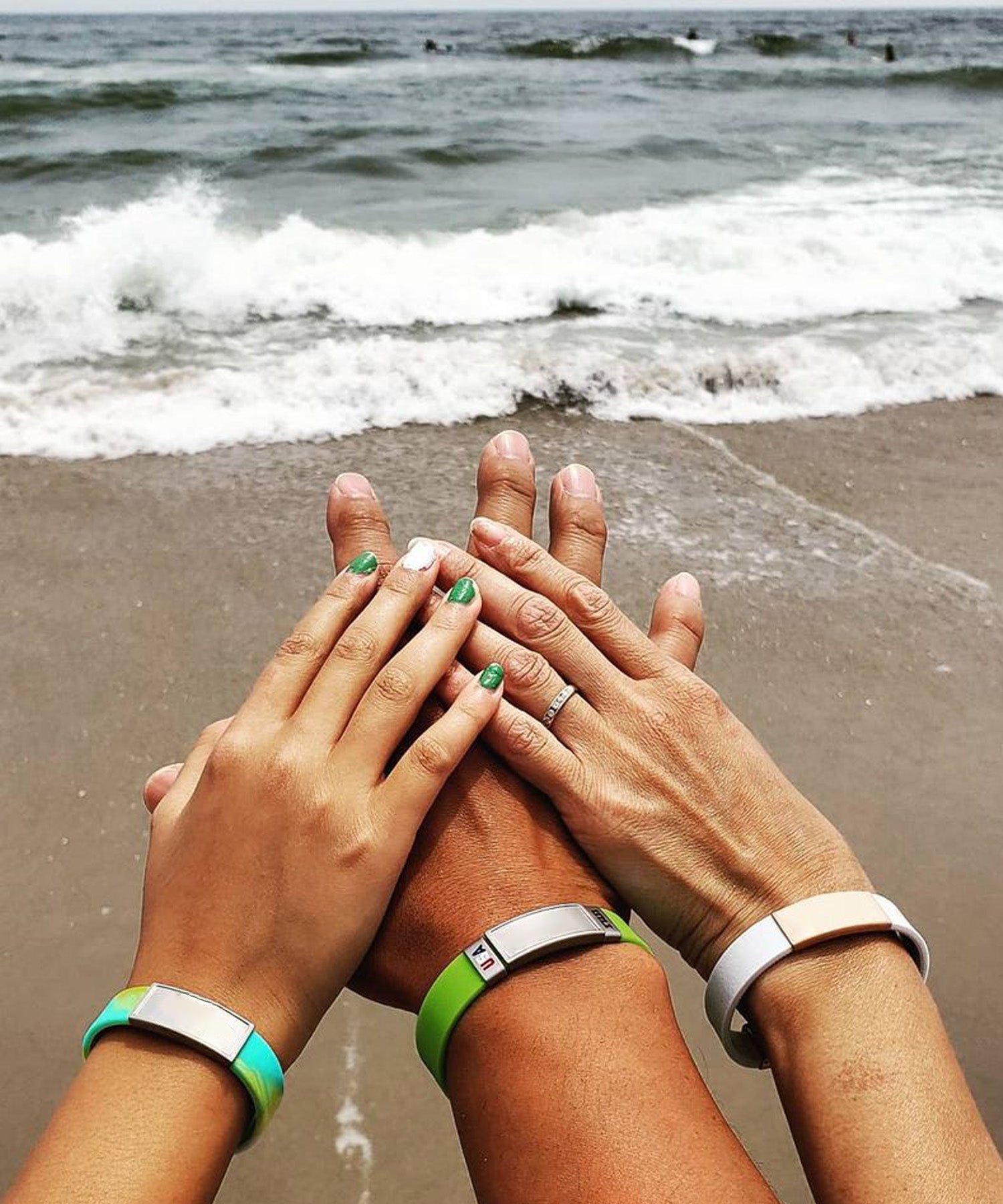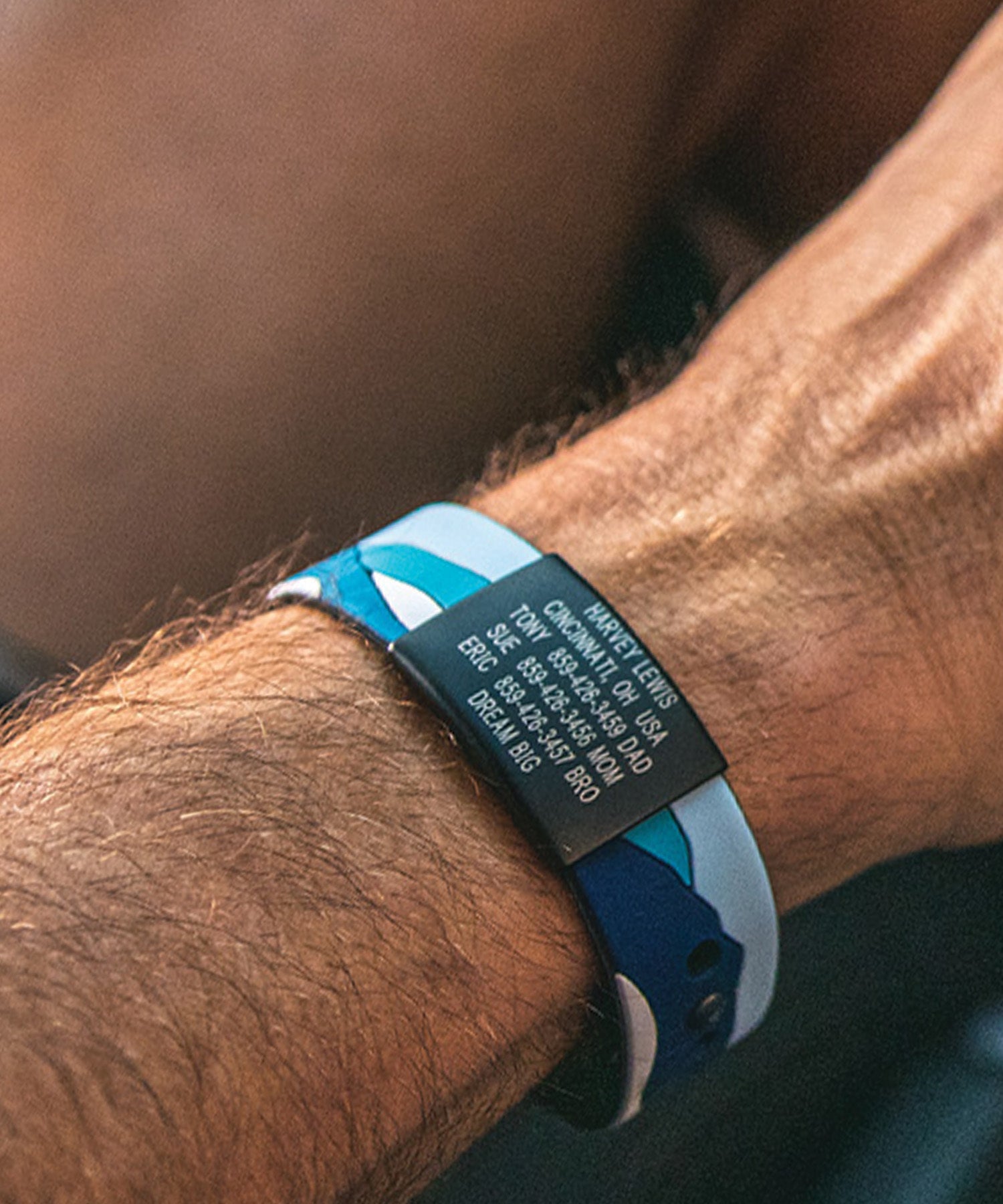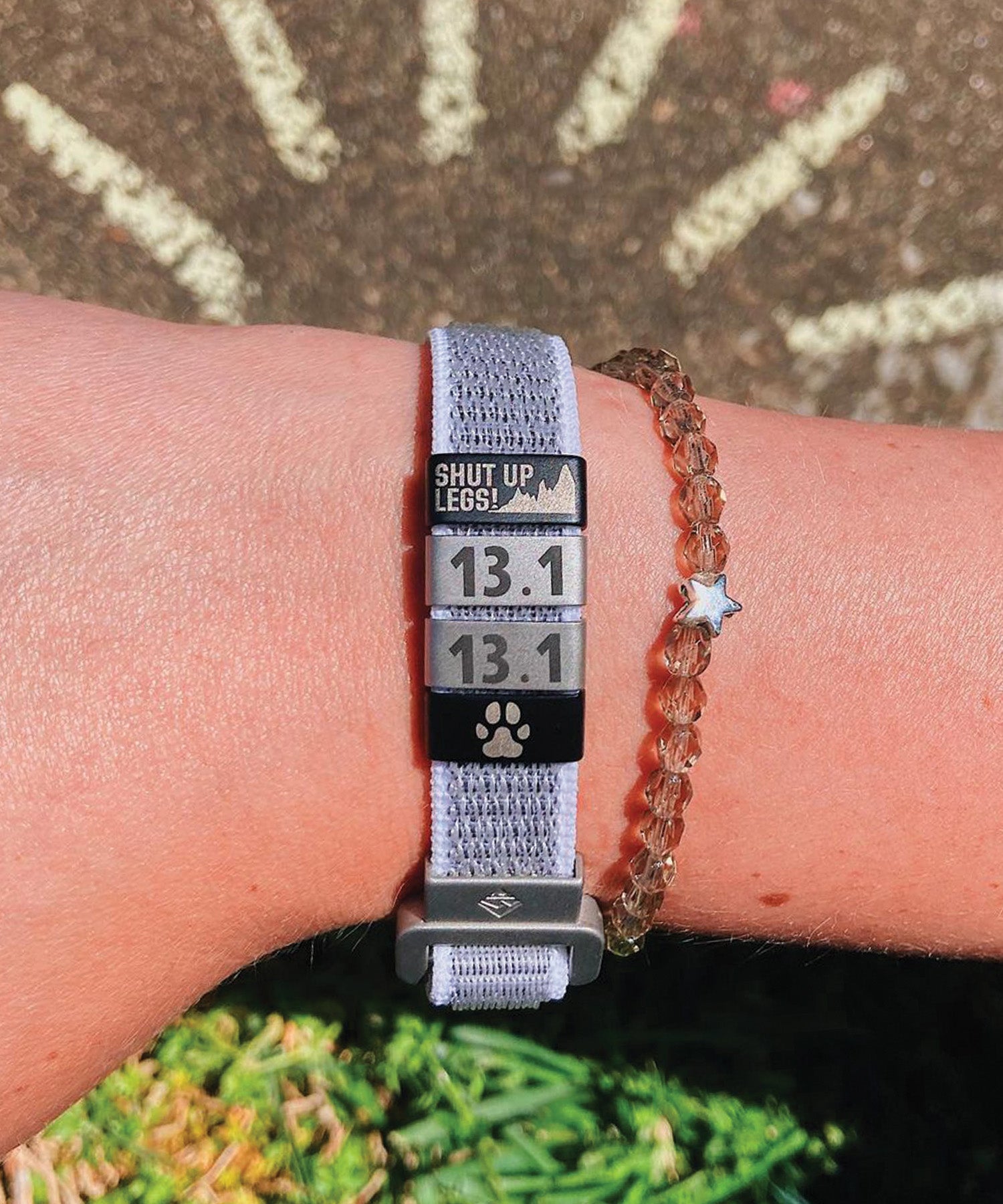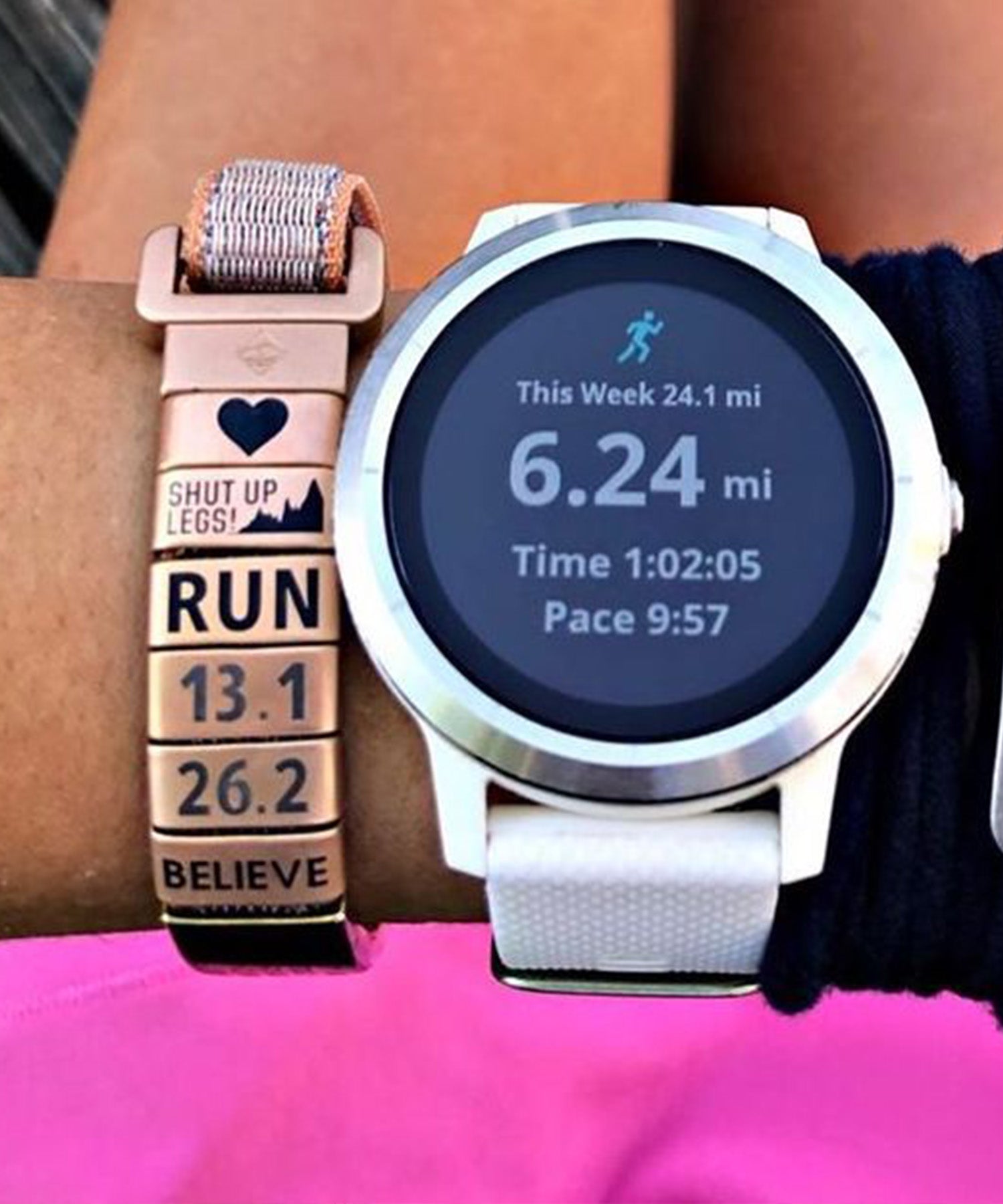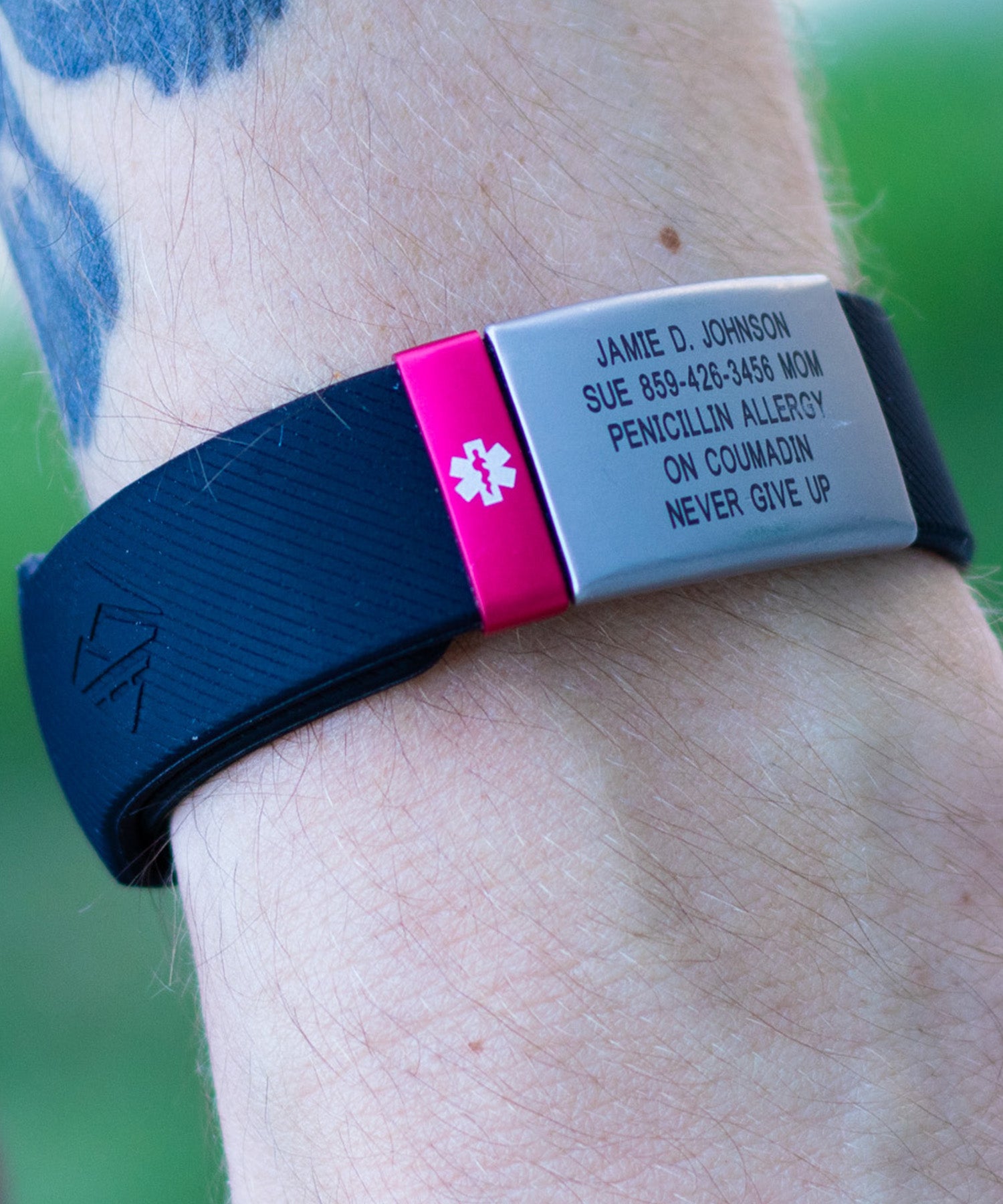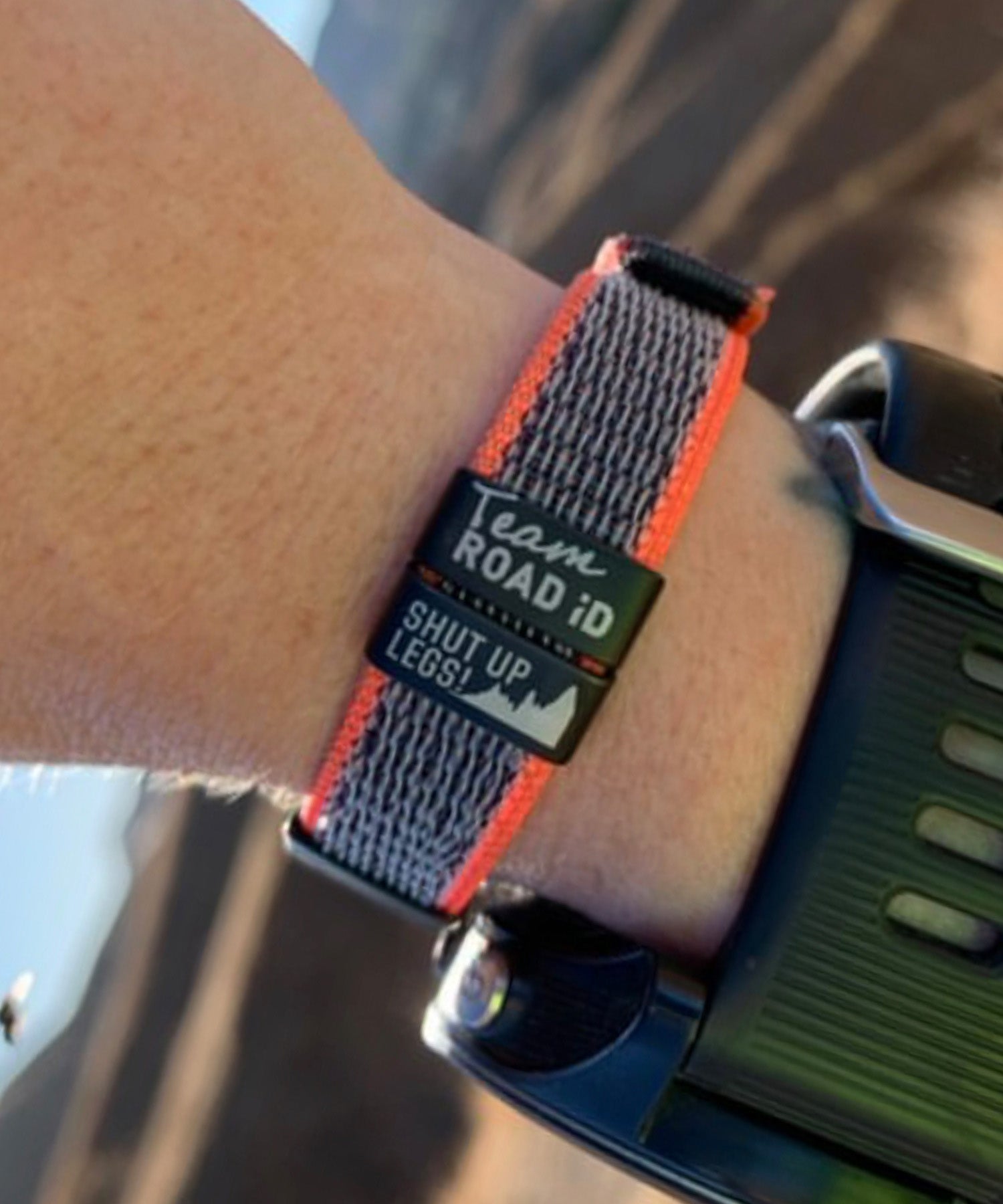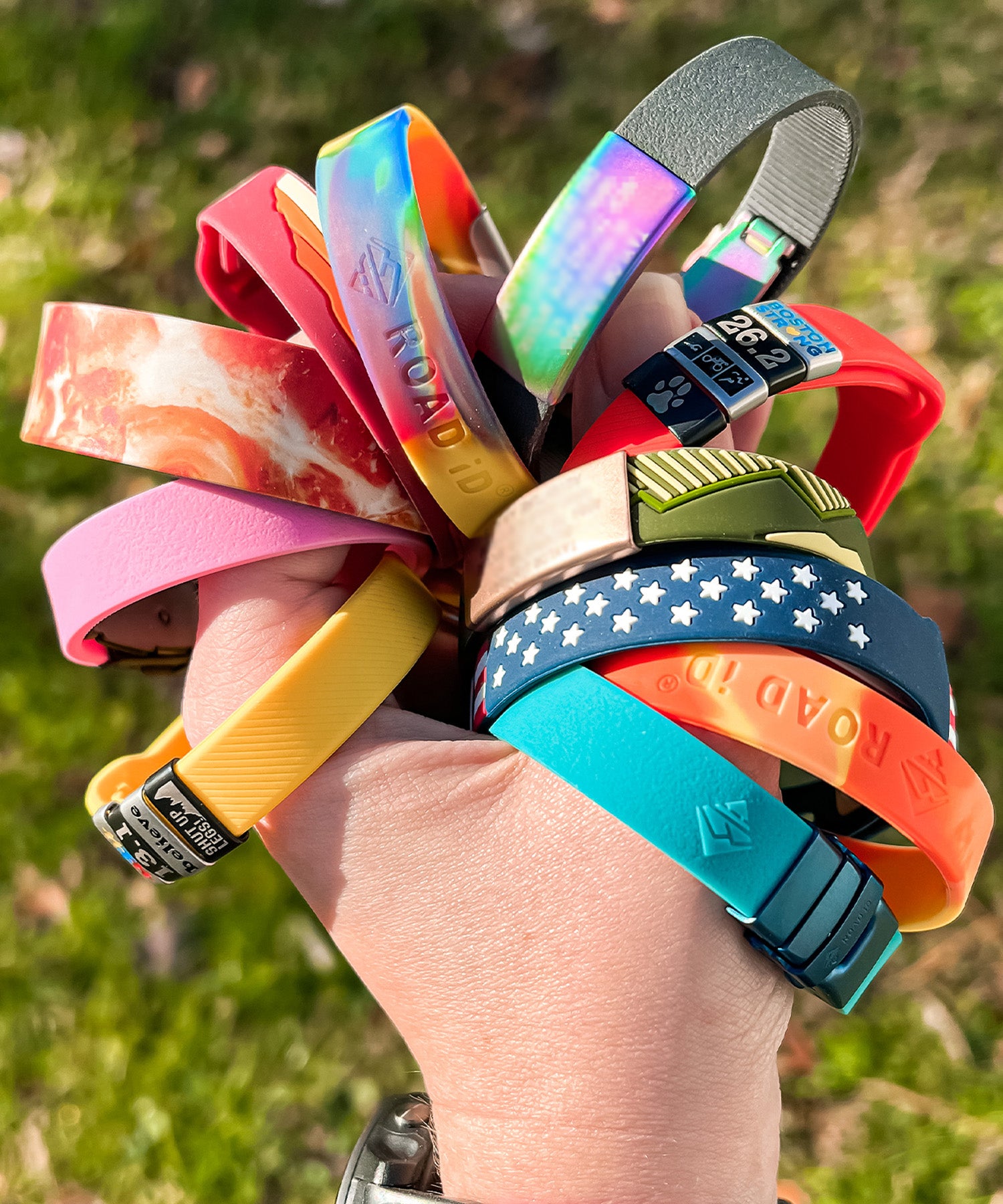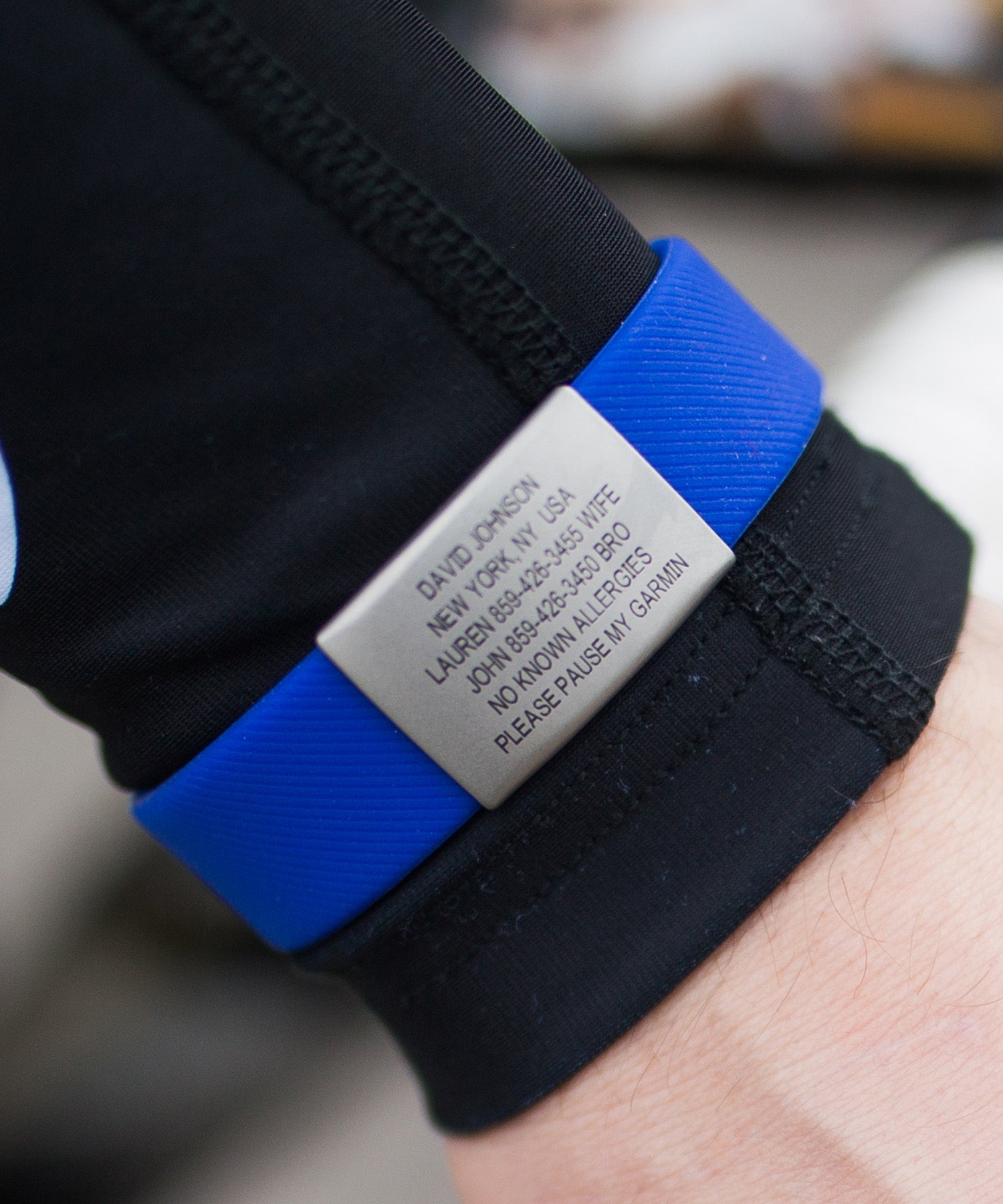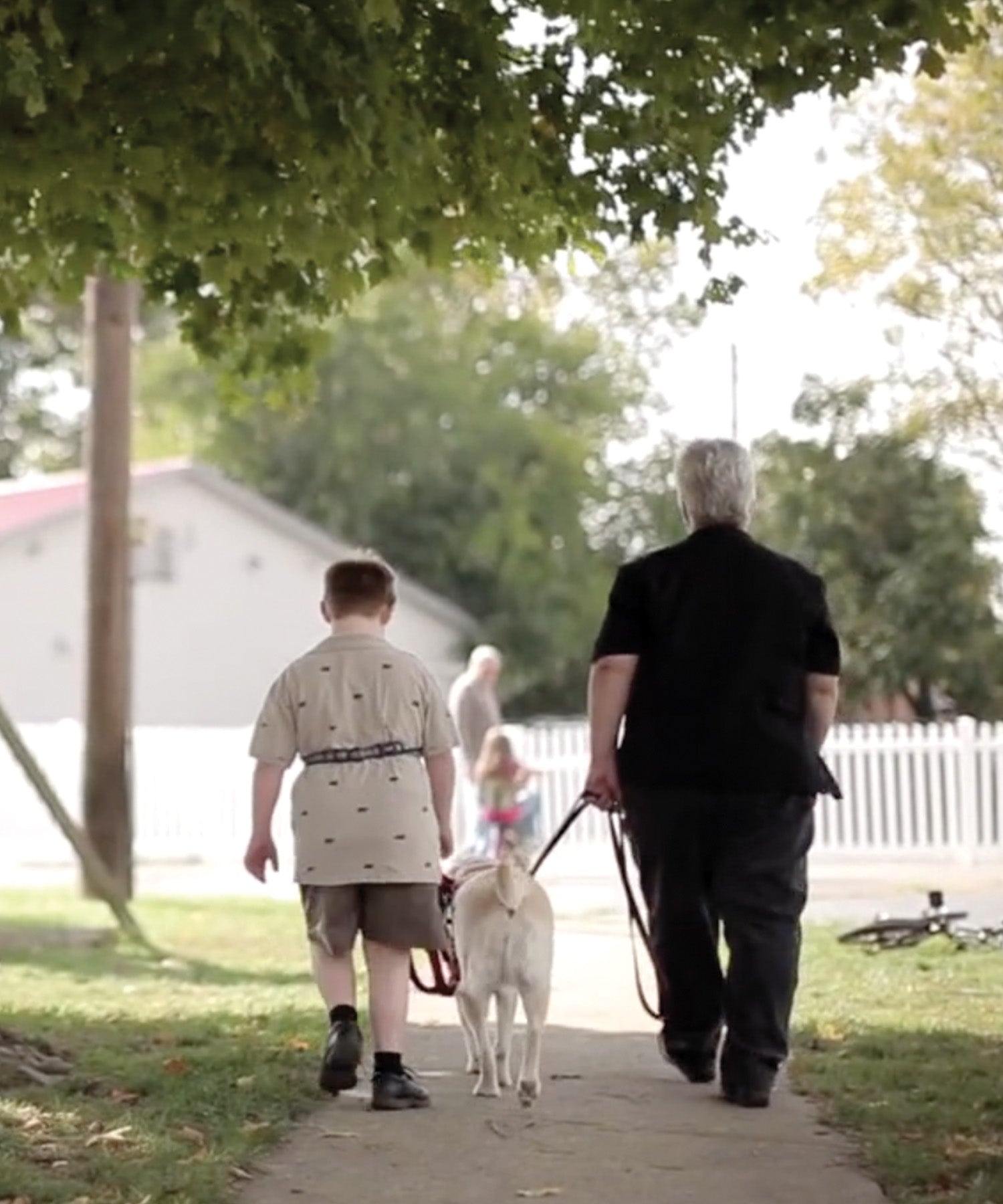Source: TORWAISTUDIO/Shutterstock
Anyone who hasn’t run in the winter might be afraid of doing so. It’s cold, there’s snow and ice and you may not feel as confident on your feet. But it’s better than you may think.
But how do you even get started? What are the winter running tips for beginners? From wearing a medical alert bracelet while out on the roads to remembering to bundle up, here’s what you can do to stay safe while enjoying your winter runs.
1. Remember to warm up
An important thing to remember is that your body temperature will drop once you get outside, especially if you haven’t broken a sweat yet. To better protect yourself, you should increase your internal body temperature prior to heading outside.
A quick warm-up will allow you to raise your body temperature, getting you to a point where you’ll be more comfortable prior to going outside. It can also help reduce your chances of pulling or straining a muscle due to the cold.
2. Always dress like it’s warmer out
A common myth for winter running is that you have to seriously bundle up. While it’s true you need to stay warm, many runners overdress — which can lead to so much sweating that you either get dehydrated or create the onset of hypothermia.
A good rule of thumb is to dress as if it’s 10 to 15 degrees warmer than it actually is. It sounds strange, but it ensures that you don’t overdress. Once you begin running, you’re going to start warming up — your internal body temperature is going to increase. By dressing to the weather while running, you’ll be able to stay warm without overdoing it.
Similarly, remember to wear the right clothing, too. This includes waterproof shoes, shoes with tough-grip outsoles, windproof and waterproof jackets and windproof pants.

Source: Halfpoint/Shutterstock
3. Don’t be afraid to slow down
An important thing to remember is that pro runners never put themselves under more stress than they need to be under. For instance, a rule of thumb is that you should never increase your weekly mileage while speeding up your mile-pace. Rather, you want to increase only one at a time, week by week, rather than doing both at the same time.
You should take this into account when it comes to winter running, too. That sudden weather change is a stress on your body, just the same as increasing your weekly mileage, increasing your pace or adding in weight training alongside your daily workouts.
So don’t worry about slowing down during your wintertime runs. It’s also a good idea for your overall safety. You can more clearly watch your steps as you run out on the roads, watching out for black ice, slippery snow and frost heave cracks.
4. Get inside, undress and cool down
You need to remember that once you’re done running, your body temperature begins to plummet. Your brain recognizes that you’re done exercising and aims to calm your body down. While this is okay in the summer, as it means you’ll be able to properly break a sweat and cool down, it can cause problems in the winter.
That sudden drop in internal temperature can lead to the onset of hypothermia if you’re outside for too long — especially if your clothing is wet from sweat. So once you’re finished with your run, be sure to get inside, take off your outer layers, stretch, shower and redress.

Source: lzf/Shutterstock
5. Remember to protect yourself
You also need to remember that there are still dangers to running in the winter. Besides the weather, you need to be aware of the road conditions. Why? Slippery conditions could lead to a serious fall. It could also cause a driver to lose control while driving, which puts you at risk.
So how do you stay safe? For one, you can wear an Apple Watch medical alert bracelet to properly identify yourself in the event of an accident or injury. Also, you need to do all you can to remain aware while out on the road: watch where your feet are going; keep an eye on oncoming cars to react if it ever looks like they’re losing control or the driver is distracted; and, if you can, run on a sidewalk to avoid being out in the street.
Running in the winter isn’t as bad as many make it out to be. It’s actually a beautiful experience, where you get to take in the joy of winter — the falling snow, seeing your breath in the air, watching as the lights reflect on the ice. So don’t stay inside this winter. Get outside and enjoy the season with a winter-time run.

